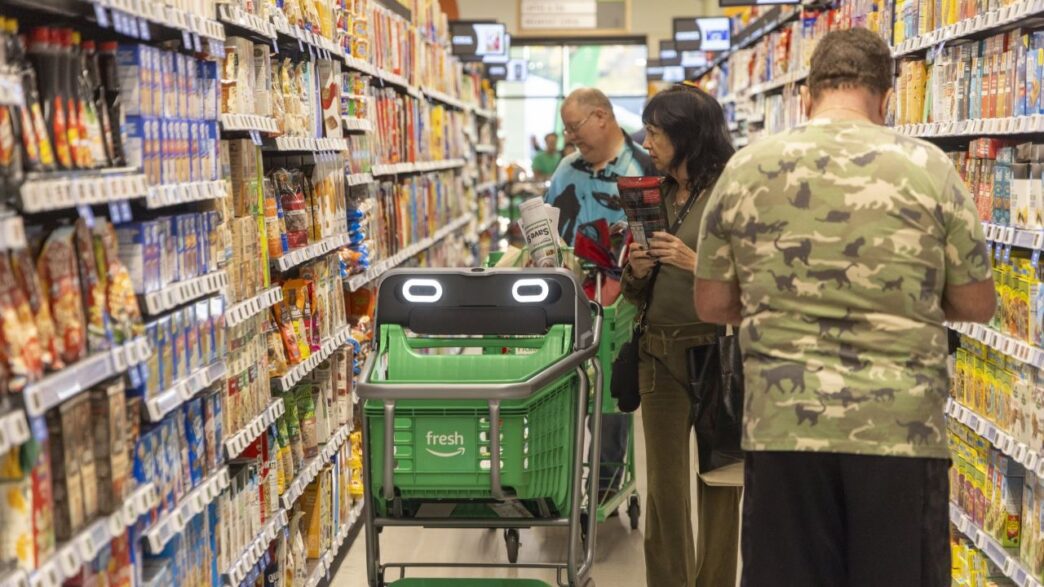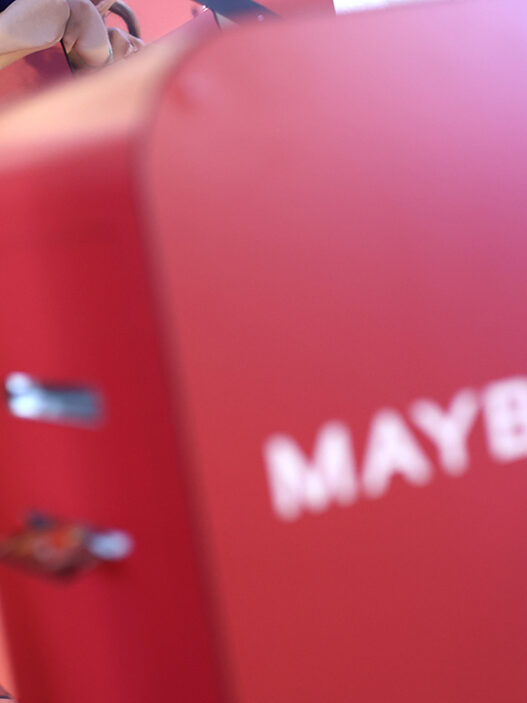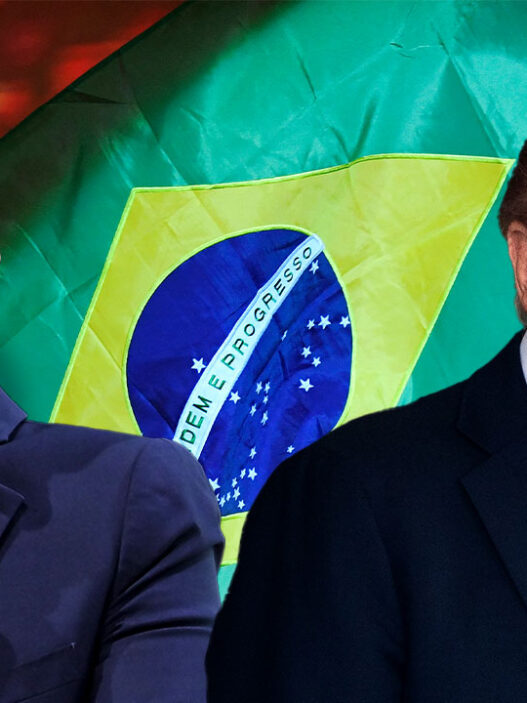To win over today’s customers, major food brands are turning to smaller package sizes.
A number of issues are putting pressure on companies in the consumer packaged goods sector. Not only are consumers becoming more cautious with their spending amid the uncertain economic environment, but they are also increasingly focused on their health. It’s forcing companies to innovate both products and packaging in an effort to reclaim brand relevance, according to Rob Holston, EY Global and Americas consumer products sector lead.
Holston described this as a deliberate strategy to attract new customers to the brand without forcing them to shell out a lot of money. Once they are familiar with the brand, and they have more disposable income, they will be more inclined to consume more of the brand’s products, including through larger pack sizes, he said.
Micro-packaging helps brands test new products, reduce inventory risk and remain price-accessible without triggering sticker shock, brand strategist Laura Burkemper told FOX Business.
“This isn’t just downsizing – it’s repositioning,” Burkemper said.
While it appeals to those on a budget, it also drives demand among the growing number of health-conscious customers focused on smaller portion sizes. This keeps customers engaged with the brand even if they are focused on cutting back on calories, Holston said.
For instance, Campbell’s told FOX Business that the company is continuously evolving its food and packaging to meet consumers’ behaviors and needs, which includes expanding accessibility across its portfolio through pack size innovation, single-serve and multipack, and product differentiation.
It launched a 2.5-ounce single pack of Goldfish, which retails for less than $2. Its Snack Factory Pop’ums, a pretzel take on popcorn, launched this year and is also sold in single-serve. The company is also launching multipacks of Cape Cod and Kettle chips as well as Pepperidge Farm Cookies, like Milano, Chessman and mini Nantucket.
GOP’S NEW LANDMARK BILL FORCES STATES TO PAY FOR COSTLY FOOD STAMP ERRORS
Mondelez International said it reconfigured its chocolate portfolio to offer a broader range of sizes and price points in an effort to “continue accelerating growth while navigating near-term cost pressures.” While the company doesn’t have a U.S. chocolate business, U.S. distributors carry a small range of select European products, which are typically sold in the “international” aisles of certain stores.
A growing number of companies have recently launched smaller products, but this isn’t a new phenomenon. In fact, Coca-Cola strategically introduced smaller package sizes, including the 7.5-ounce mini can, in the early 2000s in order to cater to more healthy and budget-conscious consumers.
Now, more companies are taking a page from the Coca-Cola playbook as the consumer products industry faces a critical juncture. Without bold, focused investment, companies in the space are at risk of drifting into irrelevance, according to a recent report from EY.
Holston said innovation was critical as the industry hasn’t seen any volume growth in the last several years. Companies have relied on price increases to boost revenue, rather than an uptick in consumer demand. Part of the issue is that they are steadily losing market share to private-label brands, which have experienced remarkable growth, according to Holston.
A December report from consulting firm McKinsey revealed that nearly 75% of U.S. consumers indicated that they are “trading down” when shopping – and switching to private-label brands accounts for a quarter of this trade-down behavior. The other issue is that 78% of people stick with private labels after they try them, according to recent research from EY.
GET FOX BUSINESS ON THE GO BY CLICKING HERE
These smaller package sizes are one example of the “industry’s relentless focus on trying to drive growth,” Holston said.























